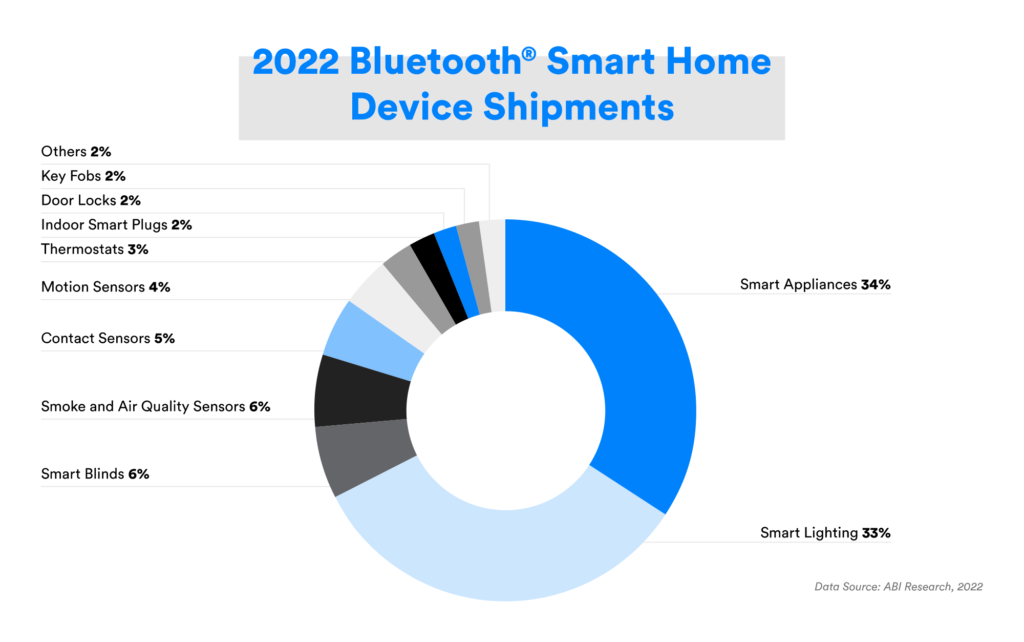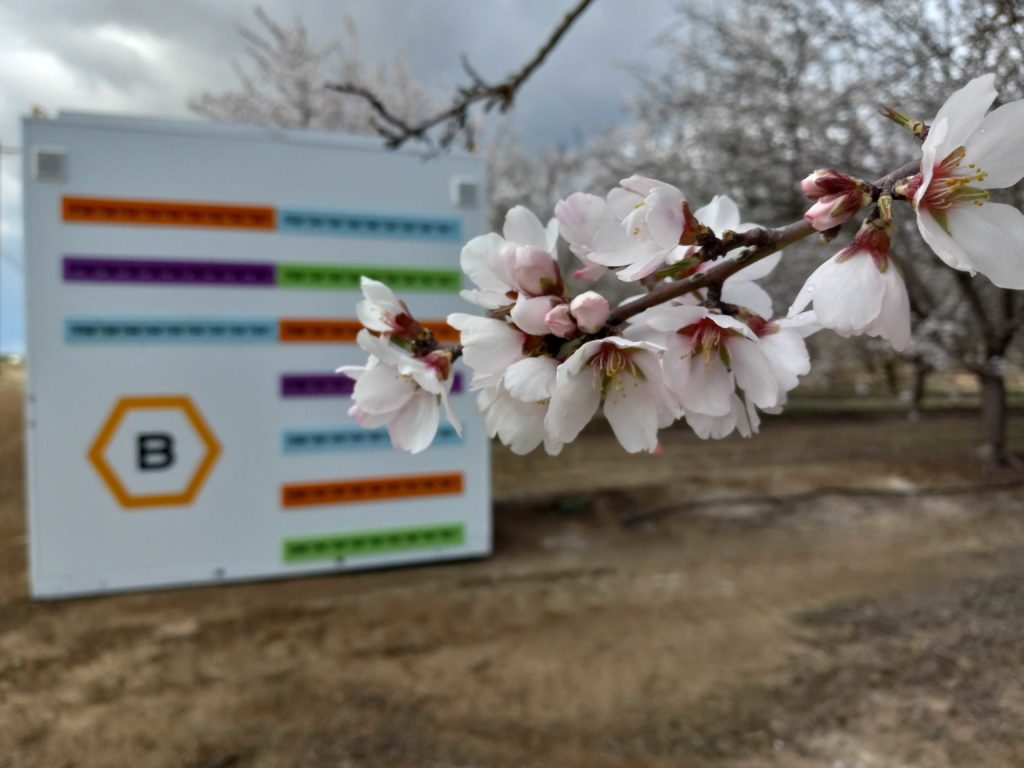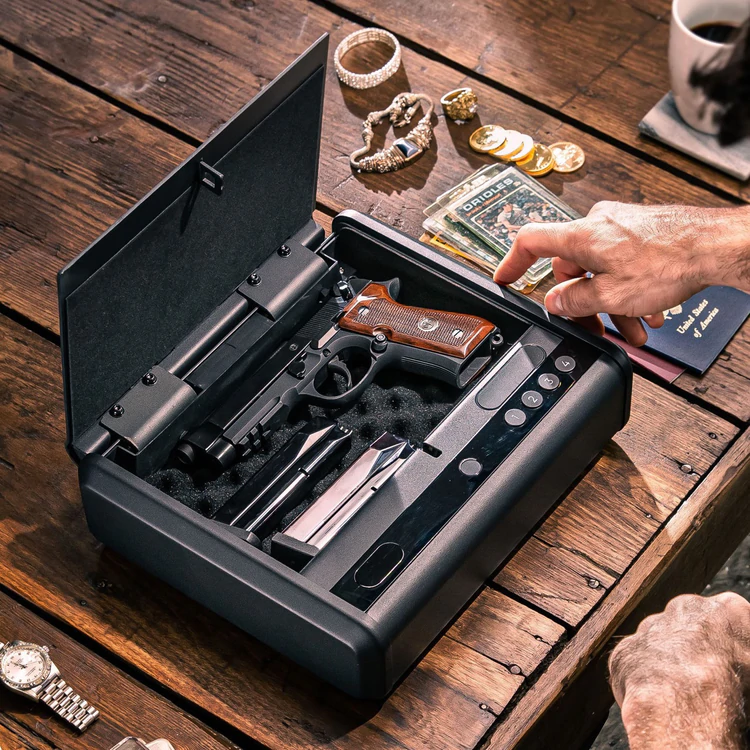This week’s podcast starts with an update on the state of Bluetooth adoption courtesy of the Bluetooth SIG. We discuss adoption of Bluetooth in the smart home, adoption of Bluetooth mesh and why Kevin prefers NFC to Bluetooth for secure keys. From there we discuss a new effort by the U.S. Congress to make it easier for medical device companies to keep their devices secure and up-to-date. We then talk about a new chip that handles a lot of the complexities associated with energy harvesting chips, and a new partnership program from Wiliot to enable other companies to put their postage-stamp-sized computers on products. We also talk about how the chip shortage can have negative impacts on R&D, building off of conversations I have had recently, and this article. In product news we discuss using picture-in-picture for Apple’s HomeKit camera feeds, Eufy’s new battery-powered camera that has a cellular subscription, and whether we should be done with Wyze gear or not. Kevin also reviews the Wyze gun safe and finds that its connectivity doesn’t offer much value. We end the first half of the show by answering a listener question about creating a do-not-disturb option for connected devices.

Our guest this week is Helen Greiner, a co-founder of iRobot and CEO of Tertill, a weeding robot. We discuss what she learned building a robot designed for the mass market, and how to think about introducing new capabilities over time. We also discuss how the Tertill works. It’s surprisingly low-tech for a robot, but that’s intentional to keep the price low enough to convince skeptical consumers to shell out $349 for a robot designed to keep gardens weed-free. We also talk about adding a subscription business model to the company’s mix and why that matters today. We end with Greiner’s vision for the smart garden of the future. It’s a fun interview just in time for spring.
Hosts: Stacey Higginbotham and Kevin Tofel
Guest: Helen Greiner, CEO of Tertill
Sponsors: Save our Standards and RAKwireless
- Whatever happened to Bluetooth mesh?
- Congress wants to make medical devices more secure
- The chip shortage may be hurting innovation
- What the creator of a weeding robot learned from robotic vacuums
- Tomorrow’s smart garden has plenty of sensors and solar-powered robots
Podcast: Play in new window | Download | Embed
Subscribe: RSS


